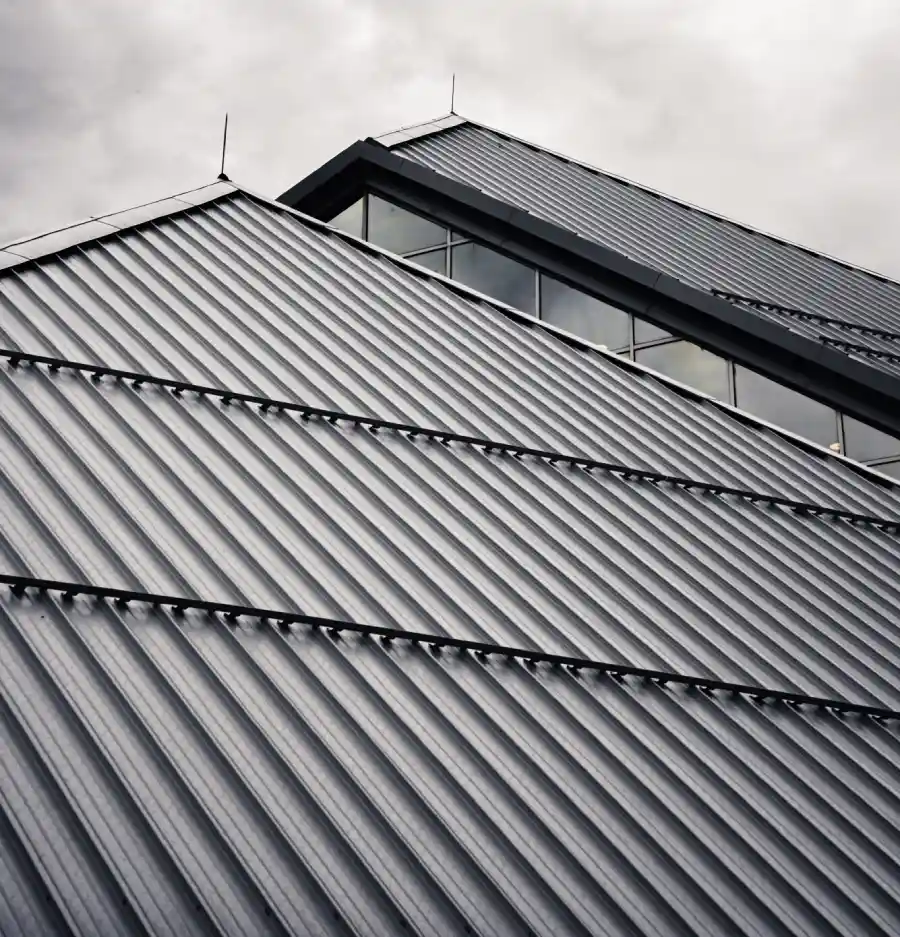The Process of Metal Roof Restoration and What to Expect
Metal roofing, known for its durability and longevity, is a popular choice for many homeowners and commercial property owners. However, exposure to the elements can take its toll. This makes metal roof restoration a necessary step to prolong life and maintain the integrity of your roofing system.
From the initial roof assessment to the final inspection, this guide covers the crucial stages of metal roof restoration. So, read on to learn what to expect from start to finish.
Initial Inspection and Assessment
Before any restoration work can begin, a thorough inspection of the roof is necessary. This involves examining the entire roofing system for any damage or potential issues that need to be addressed.
During this stage, it’s important to check for areas where the metal panels may have become loose or dislodged, as well as signs of rust or corrosion. Any damaged or missing flashings, gutters, or downspouts should also be noted.
Cleaning and Surface Preparation
Once the inspection is complete, the next step is to clean and prepare the metal roof’s surface. This is crucial for ensuring proper adhesion of coatings and sealants. The cleaning process typically involves pressure washing with a mild detergent to remove any:
- dirt
- debris
- algae growth
Any rust or corrosion should also be treated with an appropriate solution before proceeding. After cleaning, the surface should be thoroughly dried before any restoration work can begin.
Rust Treatment and Repair
As mentioned earlier, any rust or corrosion on the roof’s surface should be addressed before moving forward with restoration. This is important not only for aesthetic reasons but also to prevent further damage and prolong the life of the roof.
There are various methods for treating rust on metal roofs, including:
- sanding
- wire brushing
- the use of specialized products
They are all designed specifically for rust removal. It’s essential to follow the manufacturer’s instructions and safety precautions when using any rust treatment products.
Priming and Coating Application
After completing the necessary repairs and surface preparations, the next step is to apply a primer to the metal roof. This helps to improve adhesion and provides a smooth base for the coating.
There are different types of primers available for coating application, so it’s important to choose one that is compatible with the type of metal roofing being restored.
Once the primer has cured, multiple coats of a high-quality metal roof coating should be applied. These coatings not only provide a protective barrier against the elements but also improve the appearance of the roof.
Final Inspection and Maintenance
Once the coating has fully cured, a final inspection should be conducted to ensure that all work has been completed satisfactorily. This includes checking for any missed areas, proper coverage of coatings, and addressing any touch-ups or repairs that may be needed.
To maintain the restored metal roof’s longevity, regular maintenance is essential. This includes inspecting the roof at least twice a year and promptly addressing any issues that may arise.
Understanding How Metal Roof Restoration is Done by the Pros
Metal roof restoration is a multistep process that involves all these necessary steps as discussed above. This not only helps to extend the life of your metal roof. It also improves its appearance while protecting it from the elements.
It’s important to understand and follow the proper steps in metal roof restoration to ensure its success and longevity. Regular maintenance and inspections can also help identify any potential issues before they become major problems.
If you want to read more, visit our blog. We have more articles!

